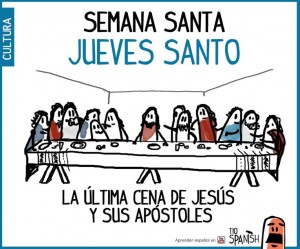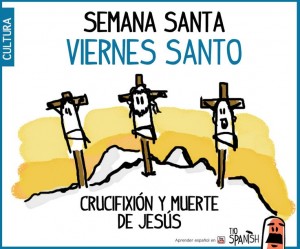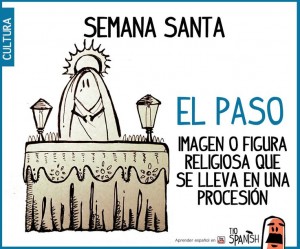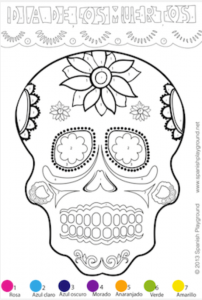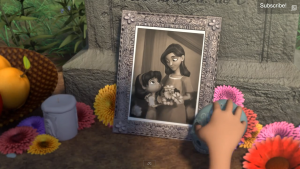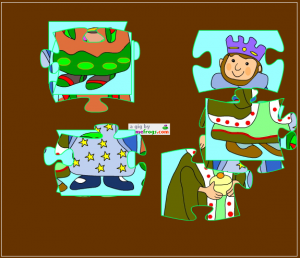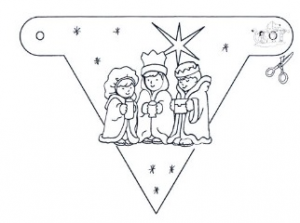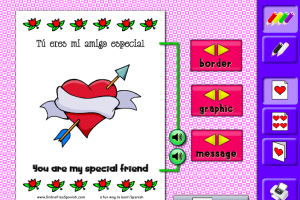 On Friday I was fortunate to attend the Stafford Primary MFL conference. I spoke twice, the after lunch keynote and then a workshop on cross curricular links, but really enjoyed listening to others and learning from their brilliant ideas.
On Friday I was fortunate to attend the Stafford Primary MFL conference. I spoke twice, the after lunch keynote and then a workshop on cross curricular links, but really enjoyed listening to others and learning from their brilliant ideas.
I like to share what I learn when I go to conferences. Sometimes I tweet madly and fail to make notes, and other times I try to take notes. On this occasion I started out trying to do both but went for the latter in the end.
So here are my notes (without much editing!) I hope that they make sense!
Lorna Harvey – A link with Geography
We looked at the PoS for languages and also for Geography, and looked at areas where they overlap e.g. “inspire in pupils a curiosity and fascination about the world and its people” from the Geography PoS fits well with language aims.
Ideas –
En France …. on trouve? in French
Link to other countries in French – where might you find these features? as a starter activity for Geography
En Afrique je voudrais visiter…. – looking at the rest of the world rather than just UK and USA.
Where might you go on safari? Learn the phrase Je voudrais… and survey table about the most popular place to go
Make up a song! (tune of Pop goes the weasel)

Have a little conversation (about where you’d like to go on safari and what you can see) and video it – basic phrases but great acting and lots of repetition
Write a mnemonic for walking around France – BLGSIS
One idea was – Big lions growl scarily in SouthAfrica
Why visit France? Create an advertisement – given rubric of requirements – cross curricular
 Lorna Harvey – A world of celebrations
Lorna Harvey – A world of celebrations
This began with the question – How can we integrate languages into KS1 each week with little time and little language?
Can we find a festival every two weeks form Christmas to Easter?
- created a list of festivals
- learned songs and performed plays (Christmas),
- made une fève – figurines for La galette de rois and described it using colours,
- Chinese names for Chinese New Year – became a panda bear and chose a name; Chinese New Year song
- Japanese snow festival – looked at images and guessed where they were, used video clips to introduce – linked to hot/cold and played game.
- Germany for Karneval – learn some phrases for princess eg Prinzessin, Hase, and children asked to bring in one item to become that character/person the next week
- Spain for Fallas – text and video clip with questions – what can we work out? learned days of the week to the Macarena (lunes, martes x2; miércoles, jueves x2; viernes, sábado x2; eeeeee domingo)
To pull together, look at a map of the places and label them – where would you go if you could choose?
Karine Guillot – Role play! Role play!
Reasons to use role play –
- to develop pupils’ spontaneity
- to develop pupils’ authenticity when speaking French
We looked at
- phrases to get someone’s attention including yelling Coucou!
- likes and dislikes – je hais – I hate (stronger than je déteste)
- suggestions – Et si on….? How about….. Et si on jouait au ballon? Et si on mangeait un snack?
- agreeing and disagreeing, using lots of gestures as French are dramatic e.g. ça ma branche (that plugs me in!) I’m up for it! Non, pas aujourd’hui – no, not today
Traditional French games –
le jeu d’oie
le jeu de la marelle (like hopscotch) throw une pierre starting at 1 whilst standing on TERRE to arrive at CEL
le jeu des dames (draughts) with les pions (draughts/counters)
le jeu des échecs – roi, reine, fou, cavalier, tour, pion (pawn)
les cartes – pique (spades) trèfle (clubs) couer( hearts) carreau (diamonds) l’as (the ace) le valet / la dame/ le roi
using boards games like Jeu de l’escargot – same board but new questions each time
 David Moss (BEST Midlands) – 10 easy to organise classroom games for Gramur and Spelin (sic)
David Moss (BEST Midlands) – 10 easy to organise classroom games for Gramur and Spelin (sic)
1. Monkey school
- Like hangman
- one monkey whoop for each letter
- if one correct letter, you whoop saying letter in position!
- best to choose from a list or a theme
2. Scene of the crime – MFL
- mixed up word – detectives have to solve the word by unscrambling it
- can up level by adding a blank or two to challenge
- Ps can prepare for you by writing their own word and swapping in the room and across school
- can be any words – cross curricular
- as above, best to choose from a list/theme
3. Great Wall of China
- like Chinese whispers but you trace letters on hand and pass it down the line, a letter at a time
- be clear where the words come from – a list/ theme
4. Order Order!
- like a human sentence, spelling a word
- use accented letters to make more challenging
- can also sellotape to pupils’ backs and the class reorder them by giving instructions
5a. Accents forever
- using a Powerpoint with rotating words and two flyswats
- swat the accent according to instruction e.g. I’m looking for a circumflex over the letter e
5b. Apostrophes forever
- same as accents forever but for English!
6. On the march
- assign physical actions to parts of speech e.g. march for a verb, hands on head for a noun
- call out a word and pupils respond with the action
- in English, a word like ‘light’ can have three actions!
7. O and X
- Say the word/phrase in the position you want to win the square
8. Sword drill
- using a dictionary as a sword
- march! attention! salute!
- possible instructions – find the word for…. what page is it on? what gender is it? spell the word and so on
- perhaps photocopy page, or word list, or put your finger in the page in the early stages
9. I need a better actor
- act out the phrase – three people all act out
- eg the girl plays football slowly
- after first, you call “I need a better actor!”
- can vote for best with clapping
- react using different adverbs
10. Blankety Blank
- have a panel who write their word to fill a gap (from a list on the board) on a mini whiteboard.
- teams try to match with as many of the panel as possible
 Lorna Harvey – Show off your language learning!
Lorna Harvey – Show off your language learning!
How to celebrate language learning with the community
e.g. her school had previously used The Gruffalo in French with y3 and 4 as learners with parents invited to watch like at an Inspire – how can we teach parents and learners at the same time?
Some ideas shared:
- Languages and countries
- carnivals around the world
- Martinique and France
- instructional language – making smoothies
- Paris
Parent workshop:
- made and gave opinions about cocktails – like and don’t like
- fashion show – introduced each other (linked to carnival clothes)
- tour operators – persuade the parents to go to your venue! Very impressive but two verbs (c’est and visiter)
Some possible activities-
- using a phonic focus
- using words that we want to use rather than the ones in the book!
- used FLA to talk about Martinque and Carnival there
- classify fruit into countries
- like/dislike
- order instructions
- made own cocktail!
- match descriptions of places to France or Martinique – which would it likely be?
A really great day! I’ll share my presentations in my next post!
